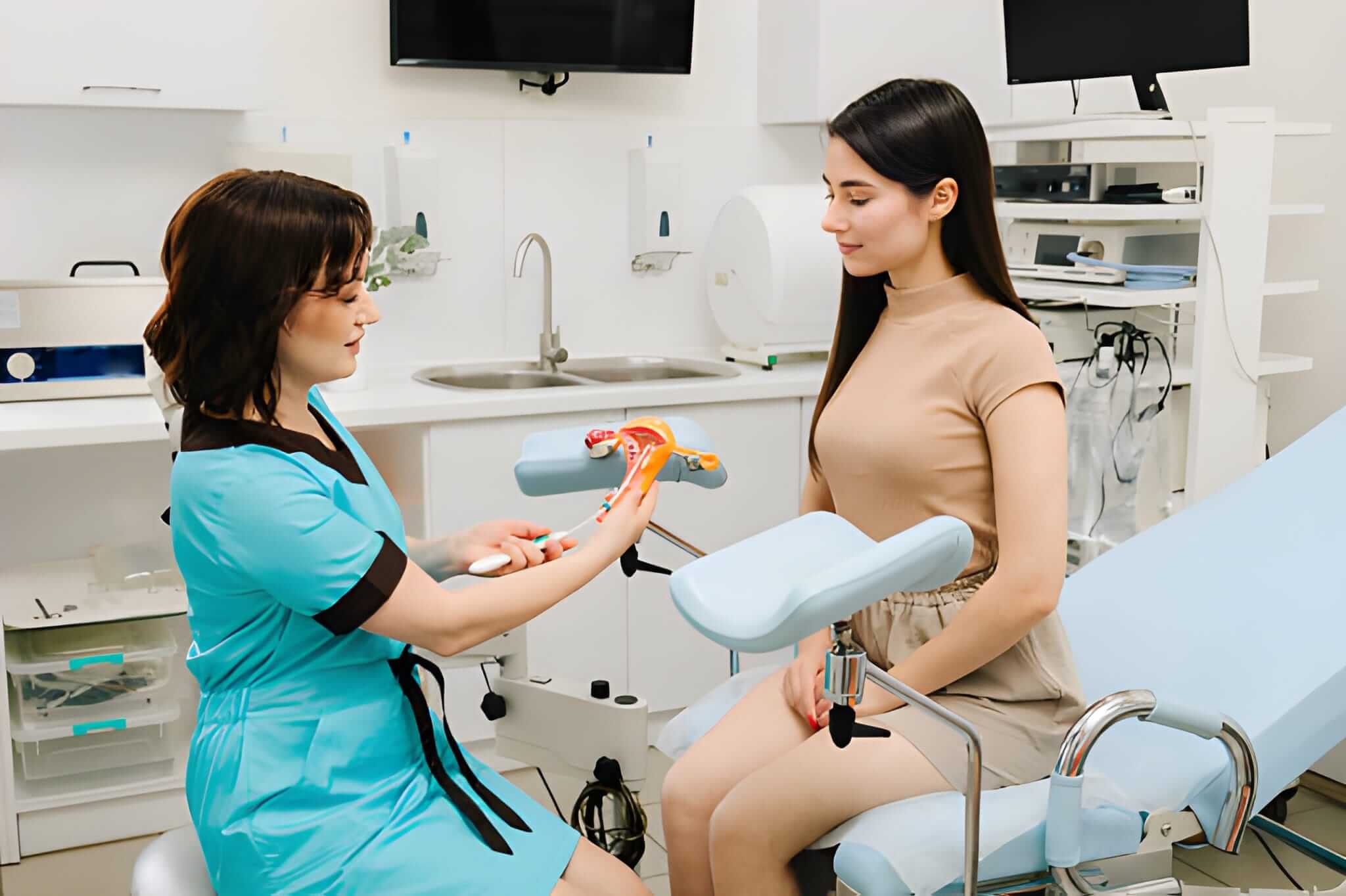Getting an IUD is a smart and effective way to take control of your reproductive health. Whether it’s your first IUD or a replacement, preparing properly makes the process smoother and more comfortable. As a Hartford-based clinician who’s helped hundreds of patients with IUD placement, I’ll walk you through how to prep for an IUD step-by-step, what to avoid, and what to expect before and during your appointment.
Understanding What an IUD Is
An IUD (intrauterine device) is a small, T-shaped device placed inside your uterus to prevent pregnancy. There are two main types:
-
Hormonal IUDs (like Mirena, Kyleena, or Liletta) that release progestin.
-
Copper IUDs (like Paragard) are hormone-free and use copper to prevent fertilization.
Both types are long-term, reversible, and more than 99% effective.
Why Preparation Matters Before an IUD Insertion
Preparing properly helps reduce discomfort and anxiety during your appointment. It also ensures that your healthcare provider can safely and efficiently complete the procedure without complications.
Let’s look at what to do (and what not to do) before your IUD insertion.
What Not to Do Before Getting an IUD
Here are a few things to avoid before your IUD appointment:
-
Don’t have unprotected sex within five days of your appointment. You could risk inserting an IUD during early pregnancy.
-
Don’t use vaginal creams, douches, or tampons 24 hours before your visit. These can irritate your cervix or interfere with the insertion.
-
Don’t skip meals. Some patients feel faint or lightheaded during the procedure — having a light meal helps maintain their blood sugar.
-
Avoid taking new supplements or medications unless approved by your provider.
What Tests Are Done Before IUD Insertion?
Before placing an IUD, your provider typically performs a few simple evaluations:
-
Pregnancy test to confirm you’re not pregnant.
-
Pelvic exam to assess your cervix and uterus.
-
STD testing (if needed) to rule out infection before insertion.
-
Pap smear if you’re due for screening.
These steps ensure your body is ready for a safe and effective IUD placement.
What to Take Before IUD Insertion
To minimize cramping and discomfort, many providers recommend taking an over-the-counter pain reliever about 30 to 60 minutes before your appointment:
-
Ibuprofen (400–600 mg) or
-
Acetaminophen (500–1000 mg) if you can’t tolerate ibuprofen
This simple step makes the insertion process easier. Ask your provider what’s best for you.
How to Prepare for IUD Insertion
Proper preparation can make a big difference in how comfortable and confident you feel. Here’s what I advise my patients:
-
Wear comfortable clothing — ideally something loose around your waist.
-
Bring a pad or panty liner — spotting afterward is common.
-
Hydrate well before your appointment.
-
Schedule your appointment during your period or right after it ends — your cervix is naturally softer, which can make insertion smoother.
-
Have a support plan — if you’re nervous, bring a trusted friend or plan a quiet rest afterward.
What to Expect at Your IUD Appointment
A typical IUD insertion appointment takes about 20–30 minutes total, though the actual insertion only lasts a few minutes.
Here’s what happens step-by-step:
-
You’ll review your medical history and consent form.
-
The provider performs a quick pelvic exam.
-
The cervix is cleaned with an antiseptic solution.
-
The IUD is inserted through a thin applicator tube.
-
Strings are trimmed to the right length.
You might feel cramping during the process — similar to strong menstrual cramps — but it passes quickly.
How Long Does It Take to Get an IUD Put In?
The actual insertion takes less than five minutes. Most of the time is spent on preparation and ensuring comfort before and after the procedure.
Sex Before IUD Placement: What You Should Know
A common question patients ask is: “Can you have sex before getting an IUD?”
Here’s the short answer — avoid unprotected sex for at least five days before insertion. This precaution ensures there’s no chance of an early pregnancy. Protected sex (with condoms) is usually fine, but always confirm with your provider.
After insertion, you should wait 24–48 hours before having sex to minimize infection risk.
What to Do Before an IUD Replacement
If you’re replacing an old IUD with a new one, preparation is similar:
-
Take pain relief before your visit.
-
Avoid unprotected sex for at least a week.
-
Eat before your appointment.
-
Expect brief cramping during removal and reinsertion.
The entire replacement process typically takes less than 10 minutes.
IUD Insertion Tips for Comfort
-
Relax your pelvic muscles during insertion — deep breathing helps.
-
Ask for a numbing spray or cervical block if you’re sensitive to pain.
-
Plan for mild cramping afterward — a heating pad can help.
-
Avoid tampons or sex for the first 48 hours to allow your cervix to heal.
After Your Appointment: What to Expect
Mild cramping, spotting, or brown discharge is normal for a few days after insertion. Most people return to normal activities within hours.
However, call your provider if you experience:
-
Heavy bleeding (soaking through a pad every hour)
-
Severe pain or dizziness
-
Foul-smelling discharge
-
Fever or chills
These signs could indicate infection or improper placement.
How to Prepare Mentally for IUD Insertion
Feeling nervous before your appointment is normal. Many patients worry about pain or complications, but the procedure is generally quick and well-tolerated. Try these tips:
-
Focus on slow breathing.
-
Remind yourself that discomfort is brief.
-
Plan a relaxing evening afterward — light exercise or a warm bath (after 48 hours) can help you recover.
FAQs About IUD Preparation
How to prep for an IUD insertion?
Take pain relief an hour before, eat something light, stay hydrated, and avoid unprotected sex for several days prior.
How long does an IUD appointment take?
Usually about 20–30 minutes total, with insertion lasting less than 5 minutes.
What tests are done before IUD insertion?
A pregnancy test, pelvic exam, and sometimes STD or Pap testing.
Can you have sex before getting an IUD?
Not without protection — avoid unprotected sex for 5 days before your appointment.
How to prepare for IUD replacement?
Follow the same prep steps: take pain medication, avoid sex beforehand, and wear comfortable clothes.
Final Thoughts from Dr. Meghan Killilea Galli, APRN, FNP-BC
Proper preparation makes IUD insertion smoother, faster, and more comfortable. By knowing what to do before your appointment, you can reduce anxiety and support an easier recovery.
If you’re in Hartford, Connecticut, and considering an IUD, book an appointment with a local women’s health provider. A brief consultation can help you decide which IUD type best fits your body and lifestyle.
Disclaimer: This is informational content, not a substitute for professional medical advice.
“Read local reproductive health guides in Hartford Health.”

Meghan Killilea Galli, APRN, FNP-BC, is a Connecticut-based board-certified Family Nurse Practitioner with over 5 years of experience in urology, women’s pelvic health, and primary care. She practices with Hartford HealthCare and Griffin Faculty Practice Plan and founded Health Gardeners to share reliable, evidence-based health information.
Read More
